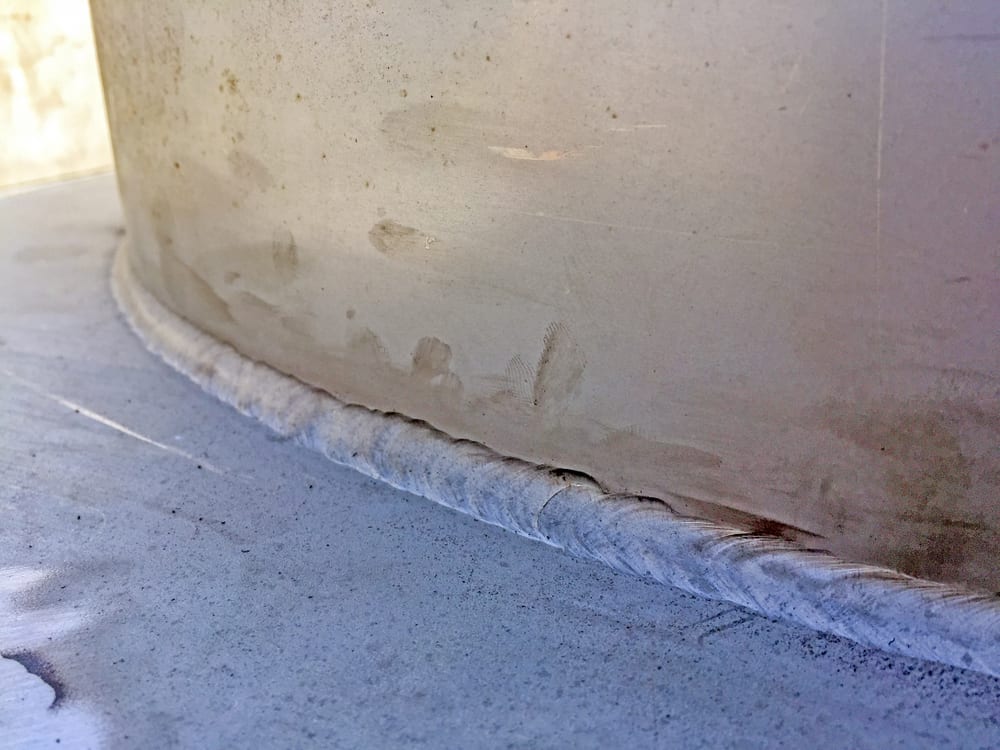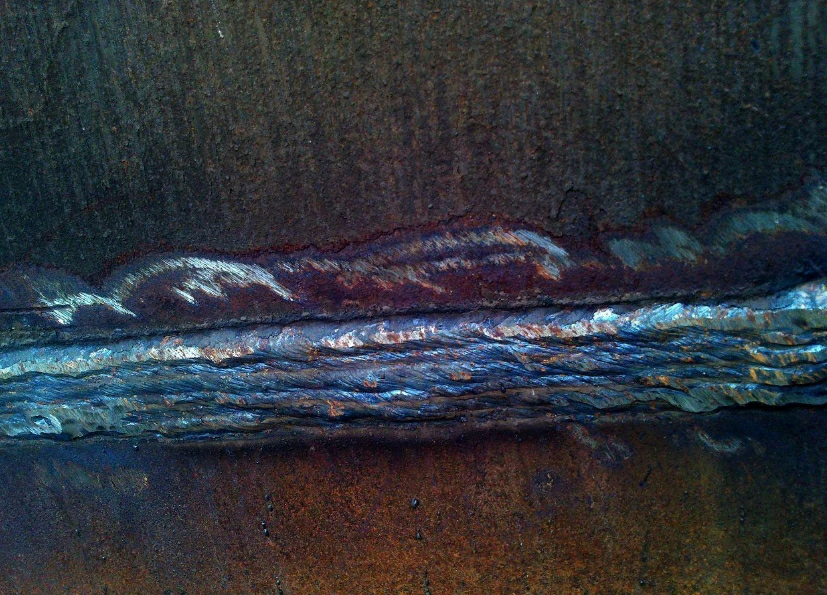Your Total Handbook to Preventing Weld Undercut Like a Pro
A Comprehensive Overview to Identifying, Stopping, and Correcting Undercut Welding Troubles in Your Welding Tasks
In the world of welding, coming across undercut concerns is a common difficulty that can endanger the structural stability and total high quality of your welding tasks. Stay tuned as we check out the crucial elements of determining, preventing, and taking care of undercut welding troubles, offering you with important understandings and methods to boost your welding skills to the next degree.
Common Root Causes Of Undercut Welding
Undercut welding, an usual problem in welding procedures, can be triggered by numerous variables that require to be very carefully identified and dealt with to make certain the integrity of the weld joint. Among the key root causes of undercut welding is too much heat input. When the welding criteria, such as voltage, present, or take a trip speed, are not correctly set, an excessive amount of warm can be created. This excess heat brings about the melting and subsequent removal of the base material along the edges of the weld joint, producing a groove understood as undercut.
Another usual cause of undercut welding is incorrect welding strategy. Determining these root creates and executing rehabilitative actions is vital in stopping and correcting undercut welding problems in welding projects.
Identifying Undercut in Welds

To recognize undercut precisely, correct illumination and magnification tools are vital to check the weld joint extensively. Making use of devices such as a welding scale or a magnifying glass can assist in discovering also the smallest undercut flaws. Furthermore, running a finger or a fingernail along the weld joint can sometimes expose undercut, as the surface might really feel irregular or have a dip where the undercut exists.
Safety Nets for Undercut
Having a deep understanding of the root causes of undercut in welds enables for the application of effective safety nets to keep weld top quality and stability. One vital preventative action appertains weld joint prep work. Making sure that the edges are clean, devoid of contaminants, and properly beveled can dramatically lower the chance of undercut (Preventing weld undercut). Furthermore, selecting the ideal welding specifications, such as voltage, present, and travel rate, is vital. These settings need to be maximized to avoid excessive warmth input, which can cause undercut development.

Strategies for Repairing Undercut

To resolve undercut issues effectively, welders can use certain techniques targeted at remedying the problem and restoring the stability of the weld joint. One technique is to readjust the welding specifications, such as the voltage, existing, and travel rate, to ensure correct warm input and fusion. Boosting the welding current or lowering the travel rate can help complete the undercut. Additionally, transforming the welding technique from a press to a drag or vice versa can likewise help lessen undercut.
One more strategy is to use a weaving movement while welding to ensure appropriate sidewall blend and fill in the undercut. By oscillating the welding arc from side to side within the weld joint, the welder can transfer extra filler material into the undercut locations, properly getting rid of the flaw.
Furthermore, grinding out the undercut and rewelding the joint can be a sensible solution for a lot more extreme undercut issues - Preventing weld undercut. This process includes eliminating the undercut area, preparing the base metal, and after that rewelding the joint with appropriate welding criteria and strategies to stop undercut from repeating

Professional Tips for Preventing Undercut
Utilizing proper welding techniques and maintaining control over key welding criteria are crucial strategies for welders intending to stop undercut in their weld joints. One specialist idea for preventing undercut is to guarantee proper joint prep work. This entails cleaning up the base metal extensively to get rid of any type of contaminants that can bring about undercut formation. In addition, choosing the proper welding process and filler steel for the certain application can assist prevent undercut. Welders need to likewise pay close attention to the welding existing and voltage additional reading setups, ensuring they are within the advised variety to avoid getting too hot and potential undercut. Keeping a constant travel rate during the welding procedure is another crucial idea to avoid undercut. By relocating at a stable rate, welders can guarantee proper combination and reduce the probability of undercut formation. Evaluating the weld bead after conclusion can help recognize any indications of undercut very early on, allowing for instant rehabilitative activity to be taken.
Conclusion
Finally, recognizing, preventing, and repairing undercut welding issues in your welding tasks is critical for ensuring long lasting and solid welds. Preventing weld undercut. By recognizing the usual reasons of undercut, having the ability to recognize it in welds, applying preventative measures, and utilizing proper techniques for fixing undercut, you can avoid possible concerns and develop high-grade welds. Adhering to specialist pointers for staying clear of undercut can assist you enhance your welding skills and produce better results in your tasks
Undercut welding, an usual problem in welding processes, can be triggered by various factors that require to be very carefully determined and dealt with to Recommended Reading guarantee the integrity of the weld joint. Furthermore, running a finger or a fingernail along the weld joint can sometimes reveal undercut, as the surface area may feel irregular or have a dip where the undercut exists.
Using proper welding techniques and keeping control over essential welding parameters are crucial approaches for welders intending to avoid undercut in their weld joints.In conclusion, recognizing, stopping, and repairing undercut welding troubles in your welding tasks is vital for making sure YOURURL.com strong and sturdy welds. By comprehending the common reasons of undercut, being able to identify it in welds, carrying out preventive actions, and using correct methods for dealing with undercut, you can prevent possible problems and develop top quality welds.